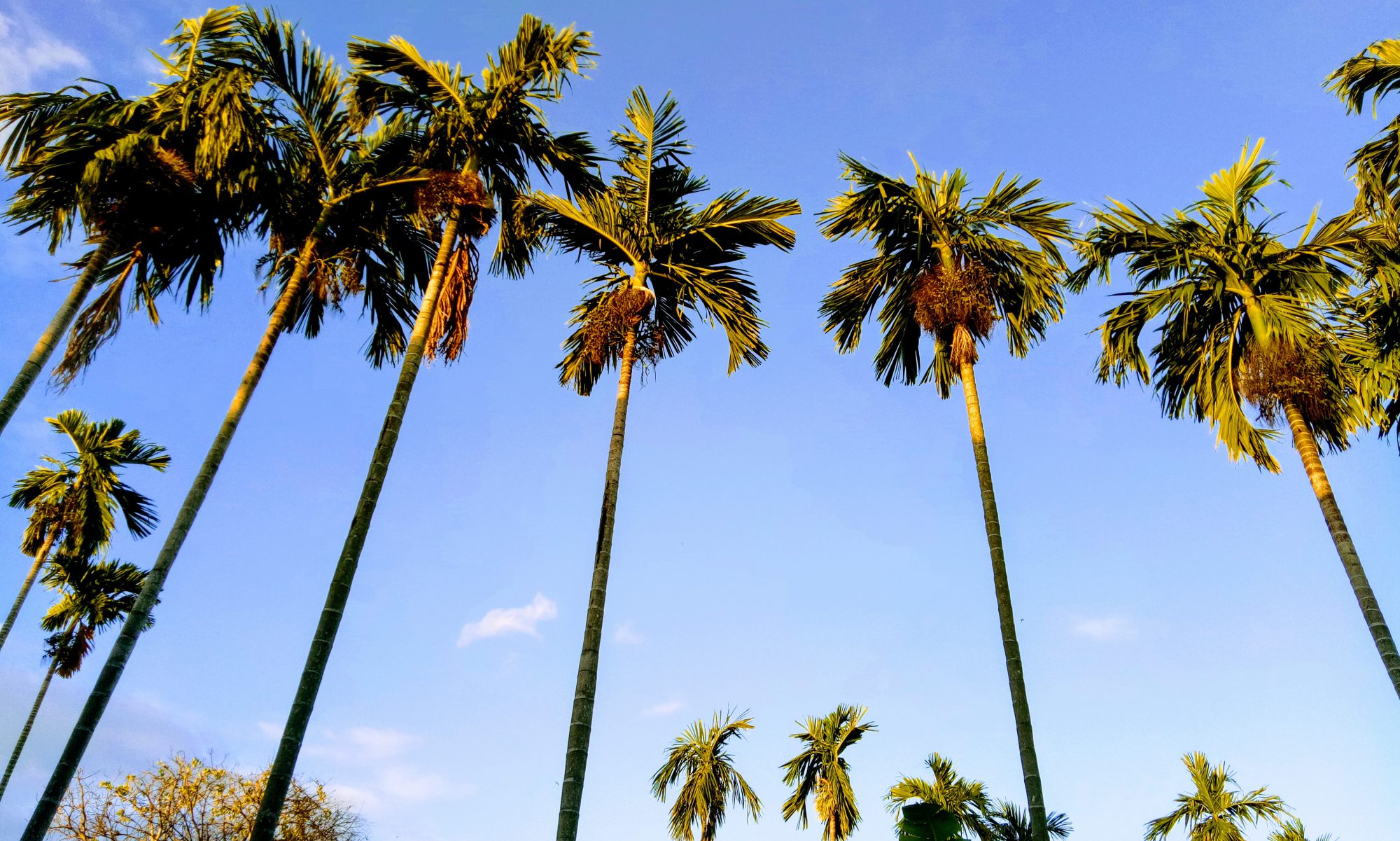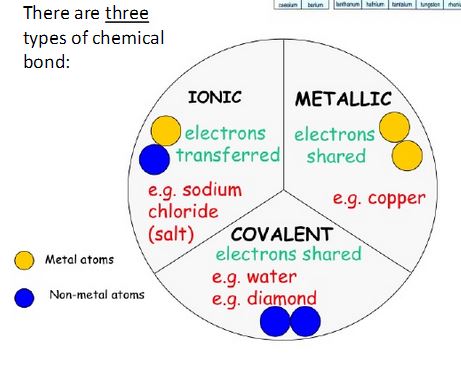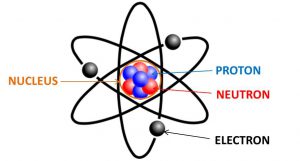
Every object has its own law like us human. In STEM class, we learned about Newton’s law of motion which includes First, Second and Third law of Newton. Newton’s First law of motion is also known as the law of Inertia. Inertia is a tendency of an object to resist a change in its motion. For example, when you suddenly stop the car. The car will stop, but your body stills keep moving forward. Newton’s Second law is focusing on the factors which are acceleration and Net force. Newton’s Third law force that reacts in pair when hitting each other. Other than that, we learned about Fluid Force which is focusing on pressure. To learn more about the pressure of fluids, we do an experiment of the egg into the bottle. We burned to create smoke and put it into the bottle and it creates heat so when we put the egg on the bottle, the pressure will pull the egg in. After that, we need to get the egg out of the bottle so we blow into the bottle. Once it contains full of air so the pressure inside will help the egg to come out of the bottle. People may think it is luck, but behind it is full of science.






